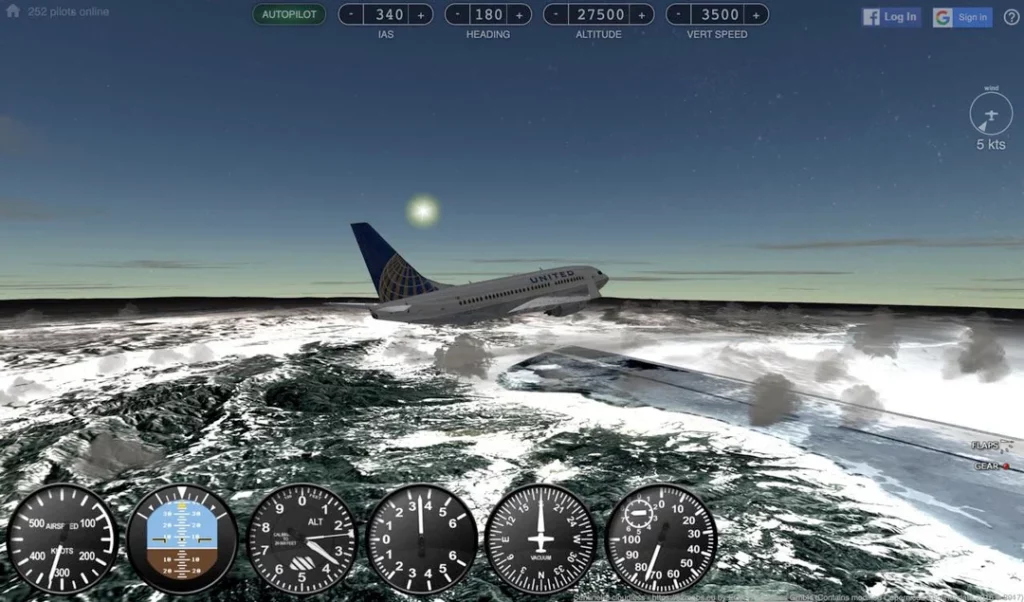Humans are notorious for not being able to visualize large numbers. We maybe can picture 40 items in our mind’s eye, but ten thousand? Not likely. How does this relate to sustainable aviation? We often see metrics in the billions of tonnes and pass it by. The reason–we ignore and are not frightened by these statistics because we cannot visualize them.
One method of combatting this is virtual reality (VR). As one of the fourteen engineering challenges, using VR from the everyday to the exceptional is certainly one of the easiest ways of getting our minds around large concepts. Here’s an idea: using a visualization scheme, create certain box sizes (let say 1m^2 represents 1 tonne of CO2) and create a massive cube. Interactive, easy, and most importantly, highlighting the pressing issue of aviation emissions.

Another way is ubiquitous yet surprising: video games. Almost everyone in the world has access to some form of internet. Using that, flight simulators like GeoFs (link) can be easily modded to create emission emulators. By taking flight, an automatic counter will tabulate the total CO2 per hour. This simple method is quite effective at showcasing the often ignored, yet undeniably impactful, environmental impact.
How high do you think folding 32 pieces of paper goes? 10 ft? 15? Well, it actually stretches to the moon. Humans are not very good at predicting the large scale, which makes sense given our simple ancestral pasts. But to deal with aviation sustainability, we must highlight the ramifications of ignorance to the maximum.
